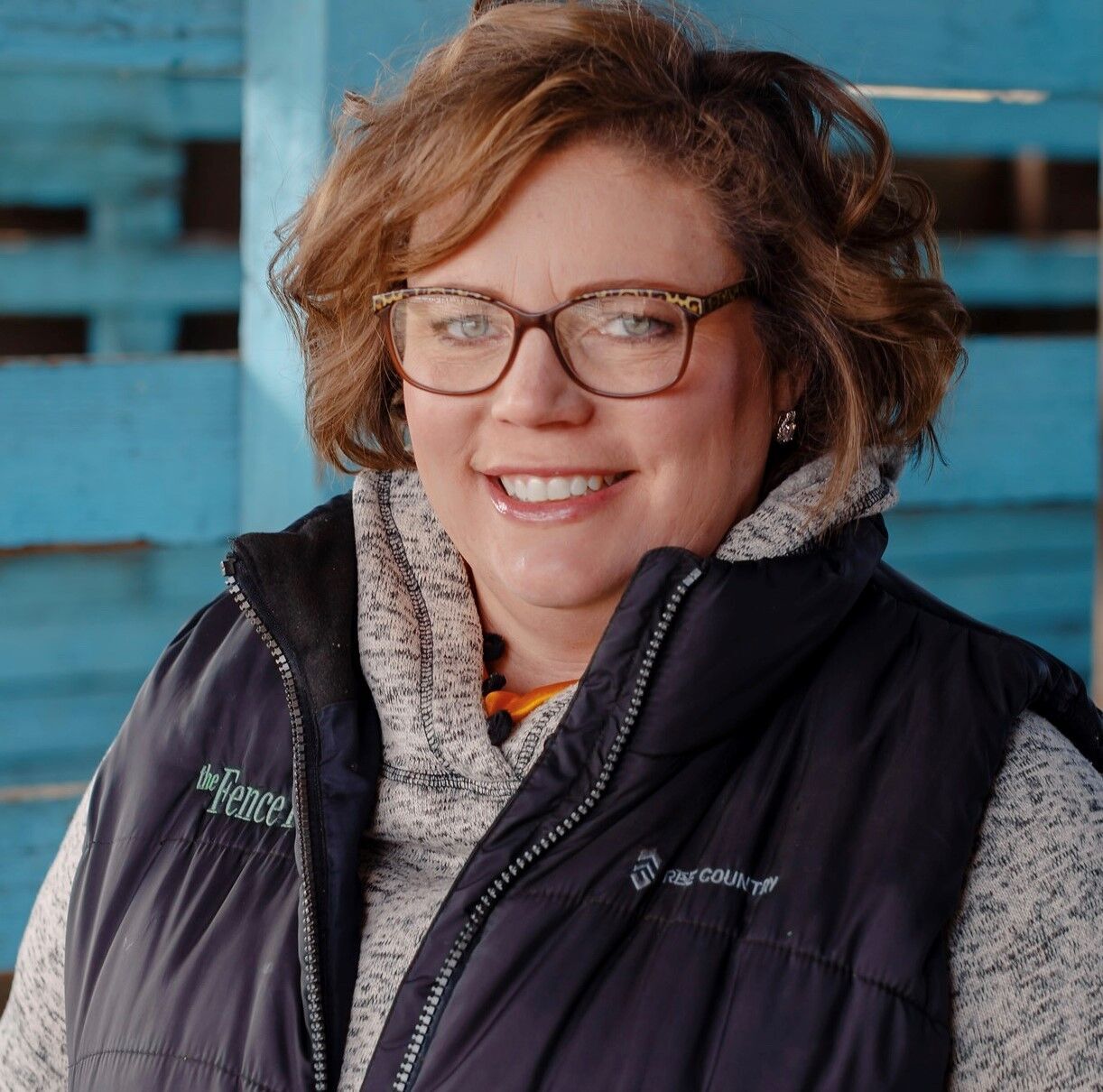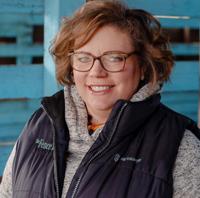GABEL | Investing in tomorrow’s ag veterinarians

Rachel Gabel

Rachel Gabel
One of the veterinarians we use periodically has been practicing for 55 years. He’s a gem, a wealth of information, and has enthusiastically complimented every meal I’ve ever fed him. He works hours that agree with a man who has scribbled DVM behind his name since the Lyndon B. Johnson administration. There is no replacing him, either figuratively or literally.
He told me once when he graduated from vet school he was planning to go to California to work at a fancy equine facility. The work there would have been different than in his northeastern Colorado hometown where difficult calving in dark and freezing cold pastures was a common call. The vet who was practicing there at the time drove to Fort Collins to attend graduation. Somehow, he convinced the young grad to forgo the shiny equine job to return to northeastern Colorado and all of the calving dystocia, sugarbeet chokes, and feedyard bloats it had to offer. Even then, there were few large animal veterinarians with the chops and the experience with livestock to take his place. Now, some 55 years later, the situation is much the same.
The veterinary profession is changing and growing, but in rural areas the most significant change can be seen where aging veterinarians are retiring and young practitioners with little experience are taking their place. Worse, there are a number of rural areas with significant needs for large animal practitioners who are under-served by overworked veterinarians. For instance, Dr. Lora Bledsoe, a 2013 CSU graduate, is a large animal practitioner in eastern Colorado who owns a mobile practice. Her client roster includes 85,000 animals over a 7,300 square-mile area.
The concern for the mental health of those in the veterinary profession is also very real. The profession shoulders a suicide rate as much as 2.4 times higher than the general population. Veterinarians are also among the first individuals many ag producers facing a mental health crisis will reach out to, doubling the load to heft.
Serving producers as a large animal practitioner can be daunting. In my experience, by the time a rancher makes a call to the veterinarian, he has exhausted his resources, experience and good luck. There are certainly also lower stress calls for herd health or preg checks and other routine days spent chute-side. Either way, though, the veterinarian is very likely going to be up to his or her elbows in work. It’s not a job for the faint of heart, the weak of back, or the thin of skin.
Lessening the need for on-the-job training, also known as baptism-by-fire, is part of the goal for veterinary graduates from Colorado State University. The veterinary school has announced a $278 million upgrade to facilities, curriculum and class size, all with the goal of “day one-ready” veterinary grads.
According to the university, the curriculum will produce not only graduates with unparalleled veterinary medicine training, but also robust skills in problem-solving, conflict resolution, decision-making and mental, physical and financial well-being. Class sizes are expected to grow from 30 to 170 students to meet the needs of the growing shortage of both large and small animal practitioners.
The university said hands-on experience will increase and students will have increased opportunity to learn and perform common procedures in a dedicated surgical skills training facility.
One of the situations potentially facing new veterinary graduates is a high stakes procedure on a valuable individual outside of a controlled environment, with potentially little supervision or guidance. It is my hope this new curriculum will serve new veterinary grads and enable them to go out into the field with adequate experience and the ability to become a valuable resource for any number of livestock operations. It is also my hope they are armed with the ability to shepherd their own mental health and the mental health of the producers they work with.
Rachel Gabel writes about agriculture and rural issues. She is assistant editor of The Fence Post Magazine, the region’s preeminent agriculture publication. Gabel is a daughter of the state’s oil and gas industry and a member of one of the state’s 12,000 cattle-raising families, and she has authored children’s books used in hundreds of classrooms to teach students about agriculture.





